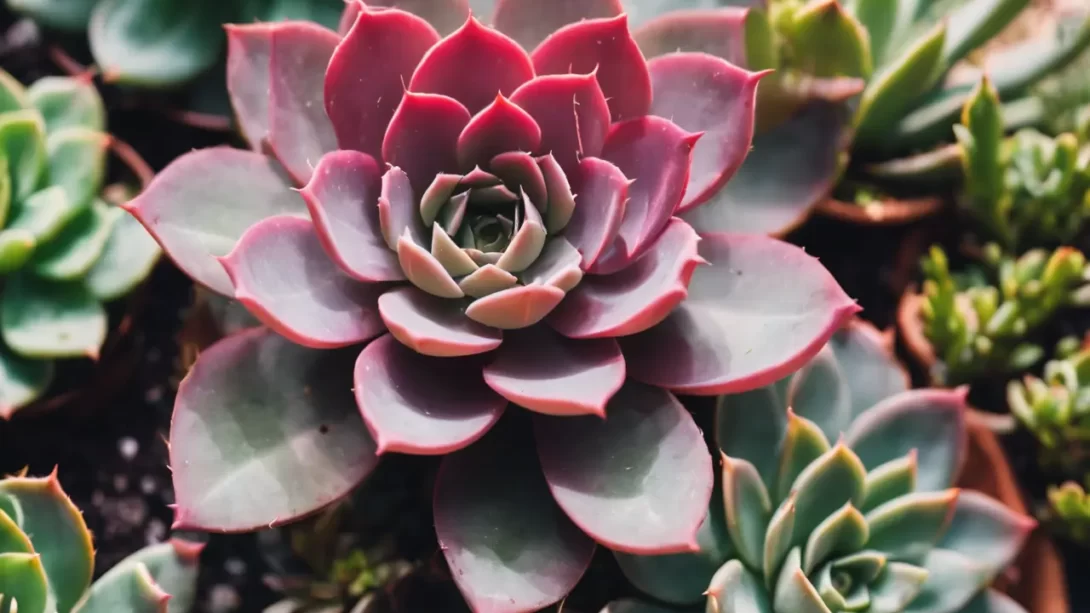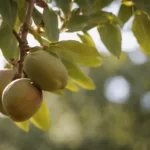Succulents, with their diverse shapes and vibrant colors, are popular for their ease of care and aesthetic appeal. But beyond their beauty, lies a question of practicality – are succulents edible? This article delves into the fascinating world of edible succulents, exploring their types, flavors, and how they can enrich our diets.
Types of Edible Succulents
Among the myriad of succulent species, several stand out as not only edible but also delicious. Here are some of the most common edible succulents:
- Aloe Vera: Known for its medicinal properties, the gel inside Aloe Vera leaves is edible. It has a mild, refreshing taste and a jelly-like texture.
- Opuntia (Prickly Pear): This cactus produces fruits known as prickly pears, which are sweet and often used in jams, jellies, and beverages. The pads of the cactus, known as nopales, are also edible when cooked.
- Sempervivum (Hens and Chicks): These rosette-forming succulents have leaves that can be eaten raw or cooked. They offer a slightly tart, apple-like flavor.
Each of these succulents brings a unique taste and texture to the table. Aloe Vera’s cooling gel contrasts with the sweet, berry-like flavor of Prickly Pear fruits, while Sempervivum provides a refreshing, crunchy bite.
Nutritional Benefits of Edible Succulents
Edible succulents are more than just a quirky addition to your diet; they offer a range of nutritional benefits:
- Vitamins and Minerals: Succulents like Aloe Vera and Prickly Pear are rich in vitamins C, E, and B, along with minerals like calcium, magnesium, and potassium.
- Hydration and Fiber: High water content and dietary fiber in succulents like Opuntia make them great for hydration and digestion.
- Antioxidants: These plants are also known for their antioxidant properties, which help combat free radicals and support overall health.
When compared to common fruits and vegetables, edible succulents often offer a unique combination of nutrients, making them a valuable and intriguing addition to a balanced diet.
Culinary Uses of Succulents
Edible succulents are not just nutritious, but also versatile in the kitchen. They can be used in a variety of culinary creations:
- Salads and Smoothies: Fresh leaves of Aloe Vera and Sempervivum add a unique texture and flavor to salads and smoothies.
- Cooked Dishes: Nopales, the pads of the Opuntia cactus, are commonly used in Mexican cuisine. They can be grilled, fried, or boiled and incorporated into tacos, salads, and soups.
- Desserts and Beverages: Prickly Pear fruits are excellent for making jams, jellies, and even cocktails, offering a sweet and distinctive taste.
Experimenting with these succulents in different dishes can elevate your culinary experience, adding both nutrition and exotic flavors.
Safety and Precautions
While exploring the world of edible succulents, it’s crucial to prioritize safety:
- Identification: Properly identifying edible succulents is key. Misidentification can lead to consuming toxic varieties. Always cross-check with a reliable source.
- Preparation: Certain succulents, like Aloe Vera, require specific preparation methods to remove components that can be irritating or harmful if ingested.
- Allergic Reactions: As with any new food, be cautious and start with small amounts to check for any allergic reactions.
It’s important to note that not all succulents are edible. Some, like Euphorbias, contain toxic sap. Thus, it’s essential to do thorough research and consult experts if in doubt.
Growing Edible Succulents at Home
Cultivating edible succulents at home can be a rewarding experience. Here are some tips for growing them:
- Ideal Conditions: Most edible succulents prefer well-draining soil and ample sunlight. They thrive in conditions that mimic their natural, arid habitats.
- Watering Needs: Overwatering is a common mistake. Allow the soil to dry out completely between waterings.
- Pest Management: Keep an eye out for pests like aphids and mealybugs. Natural remedies like neem oil can be effective.
Growing your own succulents ensures a fresh, organic supply for your culinary experiments. Plus, it adds an element of sustainability to your gardening and cooking practices.
Conclusion
Edible succulents offer a unique blend of beauty, nutrition, and culinary versatility. From the refreshing gel of Aloe Vera to the sweet fruits of the Prickly Pear and the crisp leaves of Sempervivum, these plants present a world of flavors and health benefits waiting to be explored.
As you embark on your journey with edible succulents, remember the importance of correct identification and safe preparation practices. Whether you’re incorporating them into your diet or your garden, these remarkable plants can bring a touch of the exotic to your everyday life.
Growing edible succulents at home not only enhances your garden’s aesthetic but also contributes to a sustainable lifestyle. By following the basic care tips for these plants, you can enjoy a fresh, organic supply for your culinary adventures.
Edible succulents stand at the crossroads of gardening and gastronomy, offering an exciting opportunity to expand both your palate and your planting skills. Embrace these versatile, nutritious, and delicious plants, and let them enrich your meals and your gardens alike.



